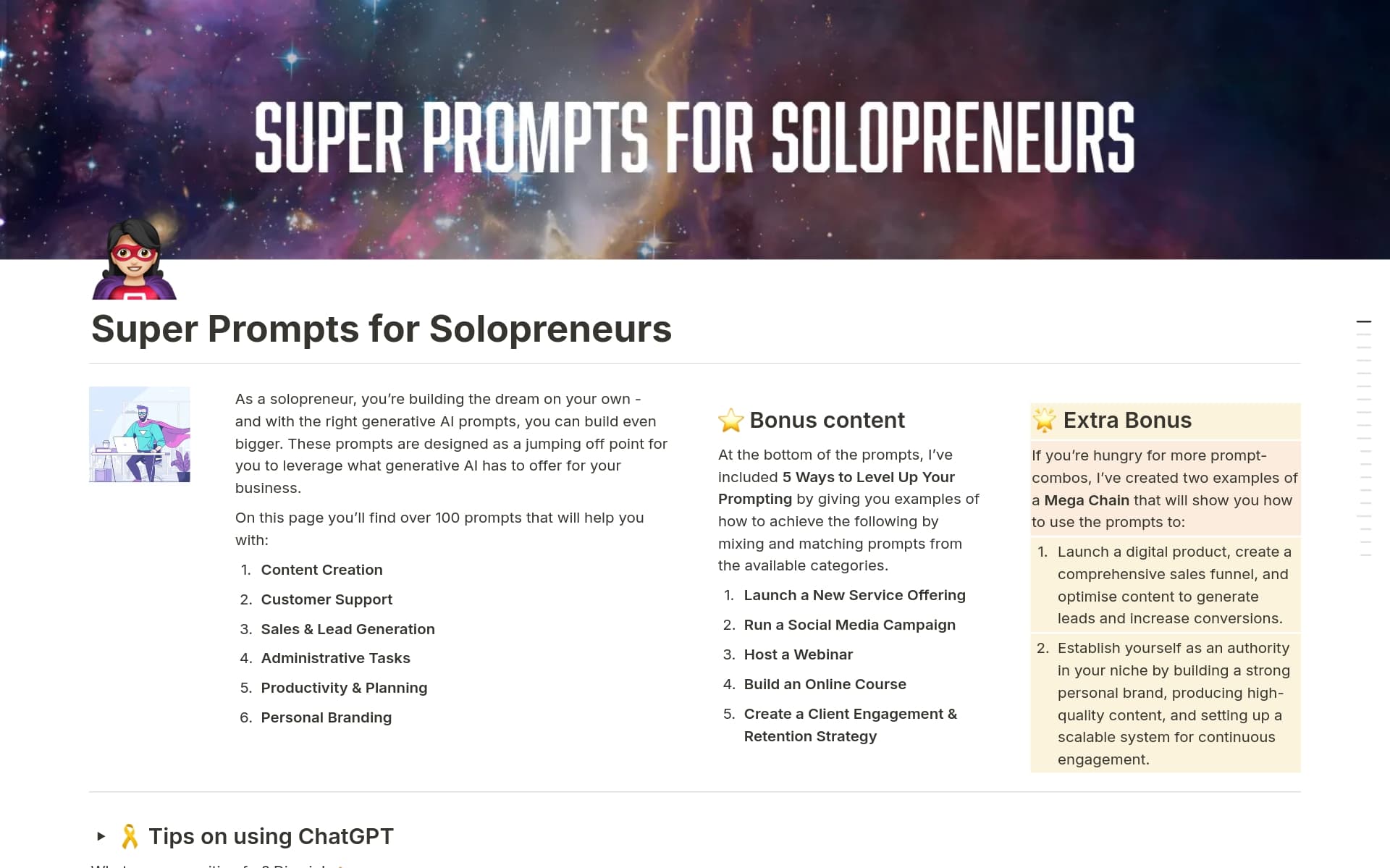Persona Profiles are a fundamental tool for designers aiming to develop products that resonate with their target audience. By synthesizing user research into detailed personas, designers can gain insights into user needs, behaviors, and goals, guiding the creation of more effective and user-centered designs. A Persona Profiles template can streamline this process, organizing research findings into actionable profiles that keep the design process focused on user needs.
Before you start sketching your own Persona Profiles, consider exploring these templates to simplify the task.
What Should Persona Profiles Templates Include?
Choosing the right Persona Profiles Template is crucial for designers aiming to understand their target audience better. Here are key components to look for in a high-quality template:
Demographic Details: This should include age, gender, location, and occupation. These basics set the stage for deeper insights.
Psychographics: Look for templates that explore personality traits, values, hobbies, and lifestyle. Understanding these elements can drive more personalized designs.
User Goals and Challenges: A good template will help you capture the user's primary objectives and the obstacles they face, aligning your design solutions with user needs.
Brand Interaction: It's beneficial if the template includes how the persona interacts with the current brand or competitors, providing a clearer picture of user preferences and loyalties.
Ultimately, the best template will offer a clear, comprehensive view of the user, ensuring that every design decision is informed and intentional.
What Should Persona Profiles Templates Avoid?
Choosing the right Persona Profiles template is crucial for effectively understanding and representing user groups. However, certain elements can detract from their usefulness. Here are three key components to avoid:
Overly Complex Categories: Templates that include too many categories can lead to confusion rather than clarity. It's important to keep categories relevant and straightforward.
Generic Content: Avoid templates that are filled with generic, non-customizable content. The best persona templates are adaptable to specific user data and insights.
Irrelevant Metrics: Metrics that do not align with the goals of your project can clutter the profile and obscure important information. Focus on metrics that directly relate to user behavior and needs.
Remember, the goal is to choose a template that simplifies the process of understanding your users, not one that complicates it with unnecessary or irrelevant features.



